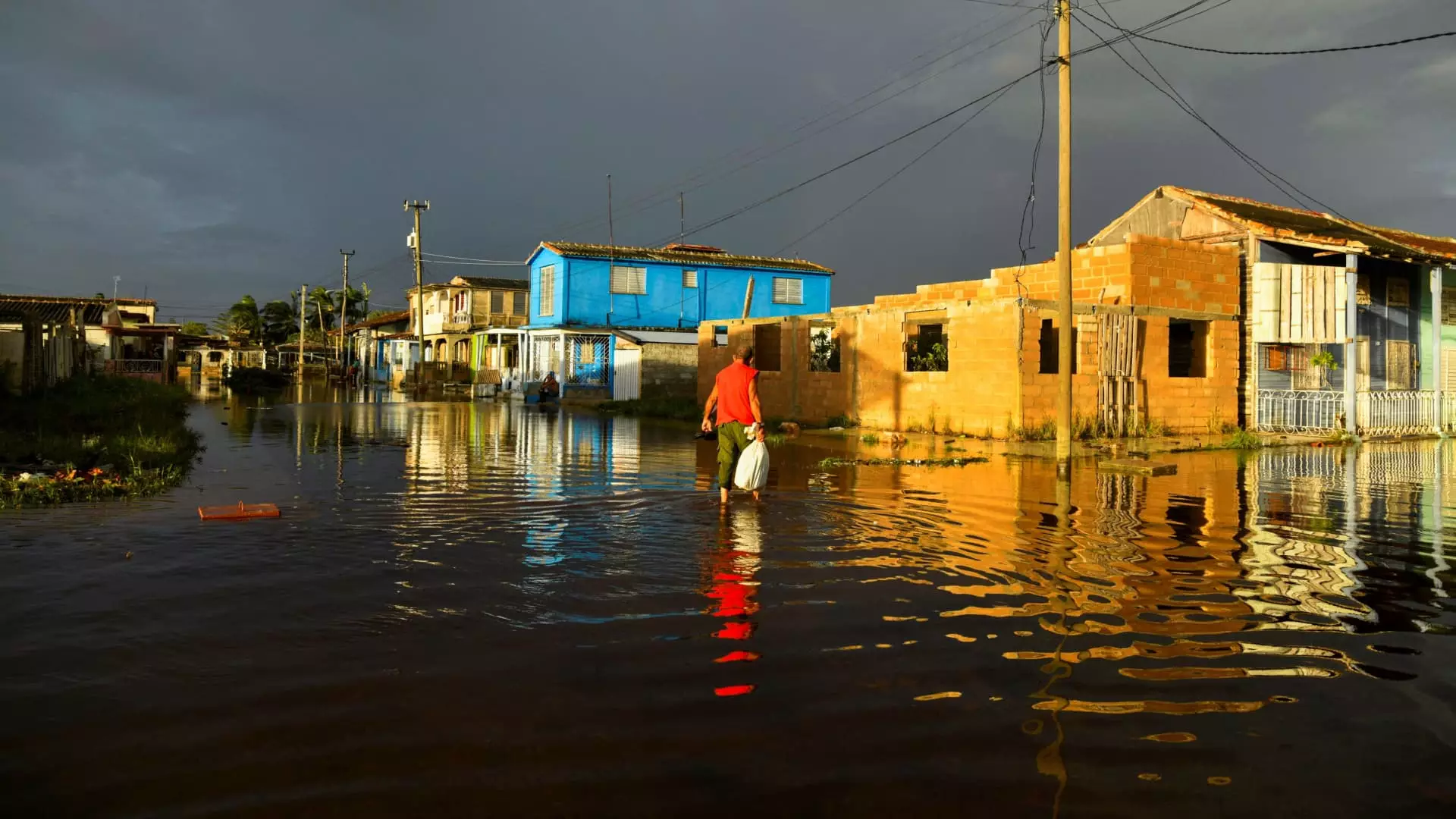Hurricane Rafael’s recent traverse across the Gulf of Mexico marks a significant meteorological event, being the first major hurricane to strike the region in November in nearly four decades. This anomaly highlights the shifting patterns and increasing unpredictability of hurricane seasons, particularly in the Gulf region. The National Hurricane Center has reported that as of the early morning hours of a recent Friday, Rafael exhibited sustained winds of 120 mph, classifying it as a Category 3 hurricane. Its westward movement at a pace of 9 mph poses substantial risks, not only to coastal communities but also to the broader area, which is bracing for hazardous conditions including dangerous surf and rip-tides.
The Devastation in Cuba
Before its impact on the U.S. coastline, Hurricane Rafael wreaked havoc in Cuba, plunging millions into darkness. The storm’s winds toppled six electricity towers, causing a nationwide power outage for approximately 10 million citizens—a stark reminder of the vulnerabilities that plague the island’s infrastructure. This blackout was the second experienced by Cuba within a month, revealing critical weaknesses in the energy grid that have long alarmed residents. Local authorities reported that over 283,000 individuals were evacuated from their homes, a response not only to the storm’s ferocity but also to the aging construction and dense population of cities like Havana. These structures, poorly equipped to withstand such natural disasters, further exacerbate the risks faced by inhabitants.
Cuba’s president, Miguel Díaz-Canel, personally assessed the damage in areas severely affected by Rafael. His commitment to restoring power and providing aid to those impacted is commendable, yet the reality remains that many citizens are left without basic resources. For residents like Mario de la Rosa Negrin, the ongoing crisis has become a relentless cycle of hardships due to both natural and infrastructural issues. With public utilities failing, desperate locals have turned to private solutions, seeking refuge in hotels equipped with their own generators to recharge their essentials. This scenario highlights not only individual resilience in the face of adversity but also underscores the pressing need for sustainable infrastructure improvement in disaster-prone areas.
As the 17th named storm of the Atlantic hurricane season, Rafael is a stark reminder of the changing dynamics of weather patterns and the increasing frequency of severe storms during atypical periods. Its designation as one of the few hurricanes to reach Category 2 or higher in November raises questions about climate change and its role in this shift. The phenomenon serves as a wake-up call for governments and communities alike to adapt their disaster preparedness measures. The implications of Rafael’s trajectory and impact extend beyond immediate concerns; they demand a deeper examination of how vulnerable populations can be better protected in future storm scenarios.
Hurricane Rafael illustrates the dual challenges of natural disasters and aging infrastructure. The dialogue surrounding such hurricanes must evolve to encompass not only immediate responses but also long-term strategies aimed at mitigating future risks. Whether through improved infrastructure or community preparedness initiatives, ensuring the safety and resilience of vulnerable populations should be paramount as we face a world increasingly influenced by the impacts of climate change.

Leave a Reply